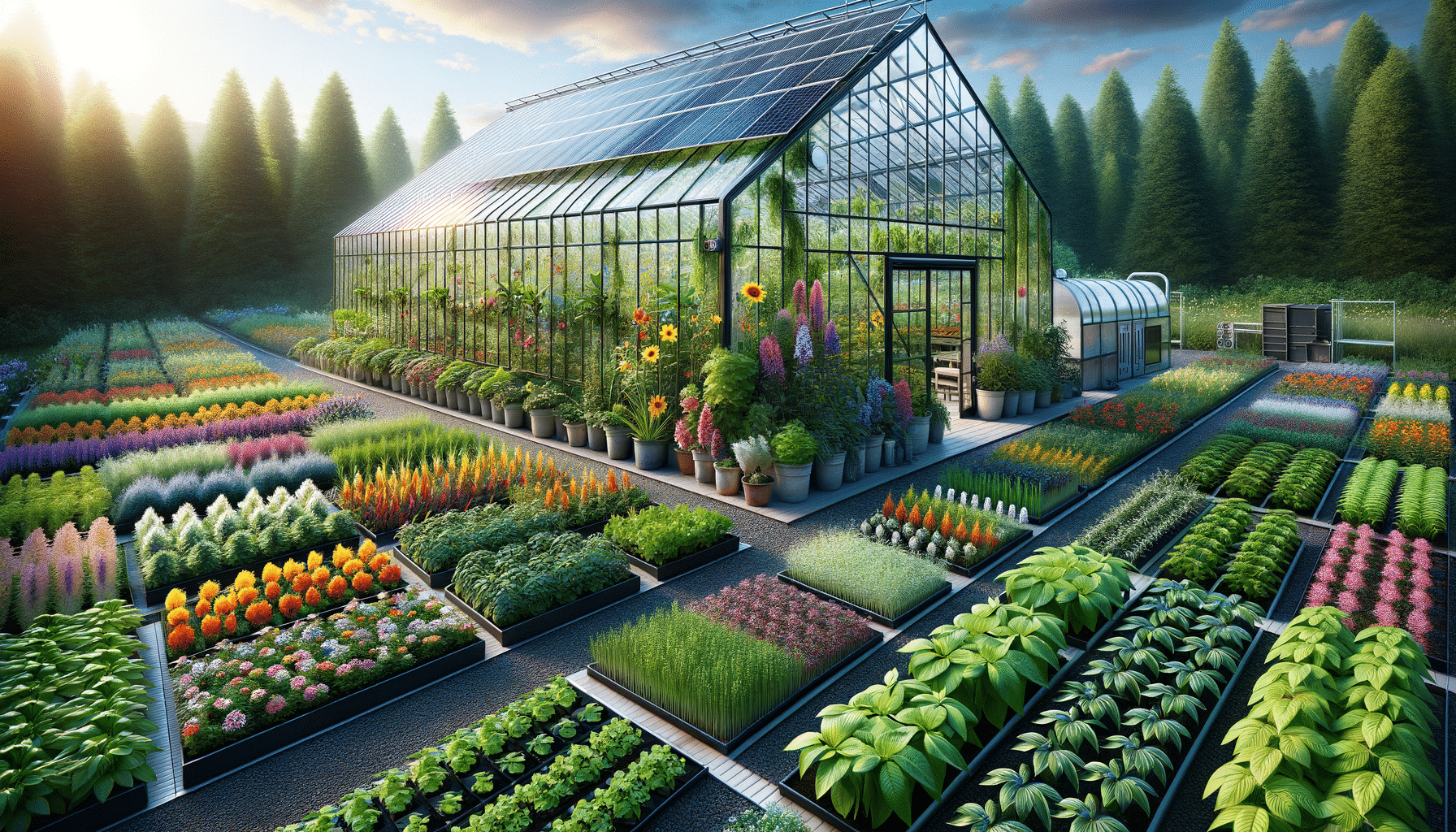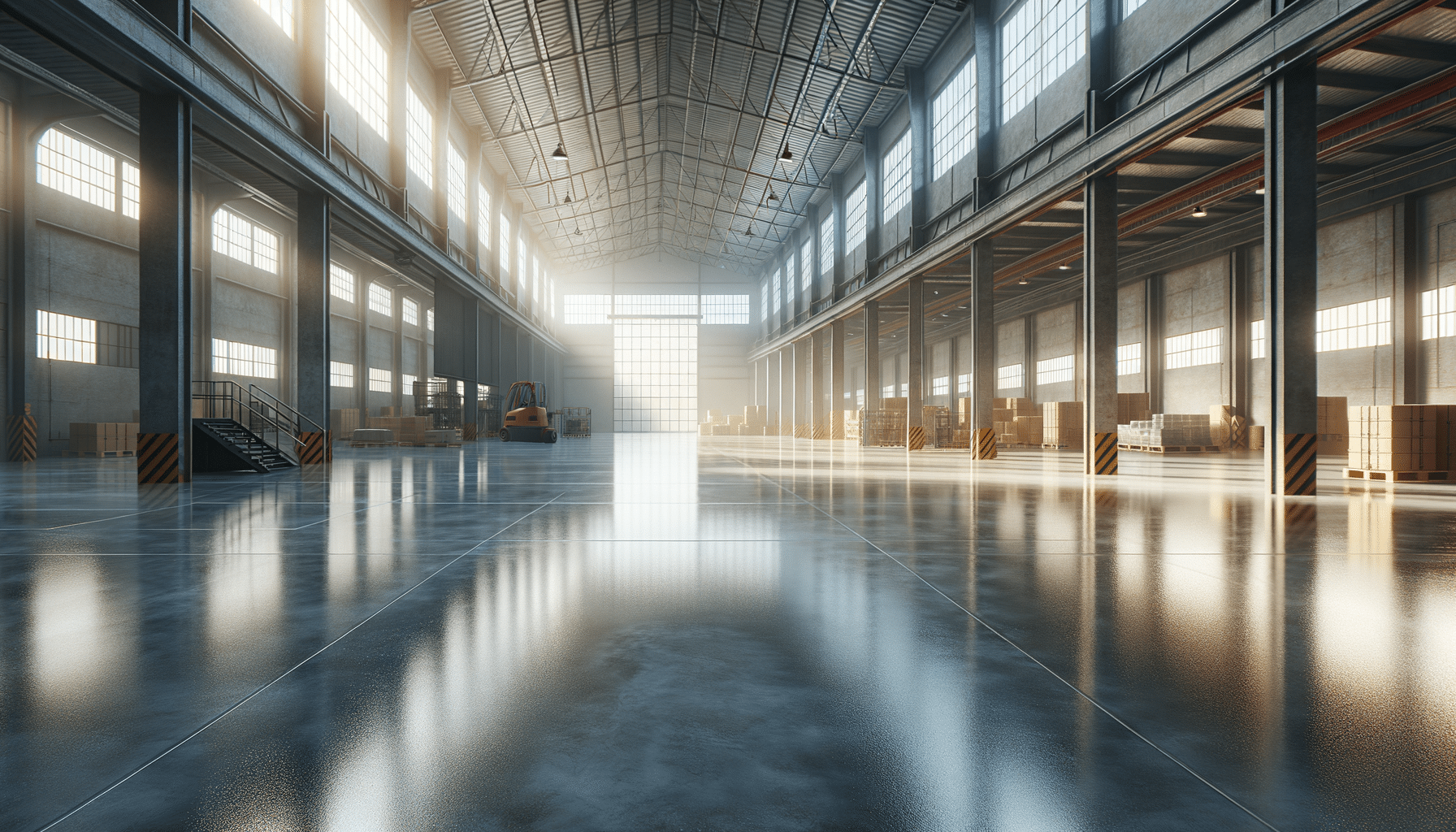
The Comprehensive Guide to Greenhouses: Enhancing Plant Growth and Sustainability
Introduction to Greenhouses
Greenhouses have become an integral part of modern agriculture and gardening, offering a controlled environment that enhances plant growth and sustainability. These structures, often made of glass or plastic, capture sunlight and create a warm environment conducive to plant growth, regardless of the external weather conditions. This introduction sets the stage for understanding the multifaceted benefits and uses of greenhouses in today’s world.
Greenhouses are not just about growing plants; they represent a significant step towards sustainable agriculture. By providing a stable environment, they reduce the dependency on chemical fertilizers and pesticides, thus promoting organic farming practices. Additionally, greenhouses allow for the cultivation of plants that are not native to a region, expanding biodiversity and offering more variety in food production.
In this article, we will explore the various aspects of greenhouses, from their types and benefits to the technology and innovation driving their evolution. Whether you are a hobbyist gardener or a commercial farmer, understanding greenhouses can open up new possibilities for efficient and sustainable plant production.
Types of Greenhouses
Greenhouses come in a variety of designs, each tailored to specific needs and climatic conditions. Understanding these types can help in selecting the right greenhouse for your requirements.
There are several types of greenhouses, including:
- Lean-to Greenhouses: These are attached to a building, sharing one wall. They are space-efficient and ideal for small gardens.
- Ridge and Furrow Greenhouses: Characterized by their peaked roofs, these greenhouses are suitable for large-scale operations and allow for easy expansion.
- Hoop Houses: Made of a series of arches covered with plastic, these are cost-effective and easy to construct, perfect for seasonal use.
- Geodesic Domes: Known for their strength and energy efficiency, these structures can withstand harsh weather conditions.
Choosing the right type of greenhouse depends on factors such as space availability, budget, and the specific plants you intend to grow. Each type offers unique benefits, and understanding these can lead to more informed decisions and better outcomes.
Benefits of Using Greenhouses
The advantages of greenhouses extend beyond just plant growth. They offer numerous benefits that contribute to environmental sustainability and economic viability.
Firstly, greenhouses provide a controlled environment that protects plants from harsh weather conditions, pests, and diseases. This protection leads to healthier plants and higher yields. Moreover, the ability to control temperature, humidity, and light allows for year-round cultivation, regardless of the season.
Greenhouses also contribute to water conservation. By reducing evaporation and allowing for efficient irrigation systems, they ensure that water is used effectively, which is crucial in areas prone to drought.
From an economic perspective, greenhouses can increase productivity and profitability. By extending the growing season and improving crop quality, farmers can meet market demands more effectively, leading to better financial returns.
Technology and Innovation in Greenhouses
Innovation in greenhouse technology is rapidly transforming the way we grow plants. The integration of smart technology and automation is making greenhouses more efficient and sustainable.
Modern greenhouses are equipped with sensors and automated systems that monitor and adjust environmental conditions such as temperature, humidity, and CO2 levels. These systems ensure optimal growing conditions and reduce the need for manual intervention.
Additionally, advances in materials science have led to the development of more efficient glazing materials that improve light transmission and insulation. This not only enhances plant growth but also reduces energy consumption.
Hydroponics and vertical farming are also gaining popularity in greenhouse cultivation. These methods allow for higher density planting and efficient use of space, further increasing productivity.
Conclusion: The Future of Greenhouses
As we look to the future, greenhouses will continue to play a vital role in sustainable agriculture. Their ability to provide a controlled environment for plant growth makes them an essential tool in addressing the challenges of food security and climate change.
With ongoing advancements in technology and a growing emphasis on sustainability, greenhouses are set to become even more efficient and accessible. Whether for commercial farming or personal gardening, they offer a promising solution for enhancing productivity and promoting environmental stewardship.
In conclusion, greenhouses represent a bridge between traditional farming practices and modern agricultural innovation. By embracing this technology, we can work towards a more sustainable and food-secure future.


